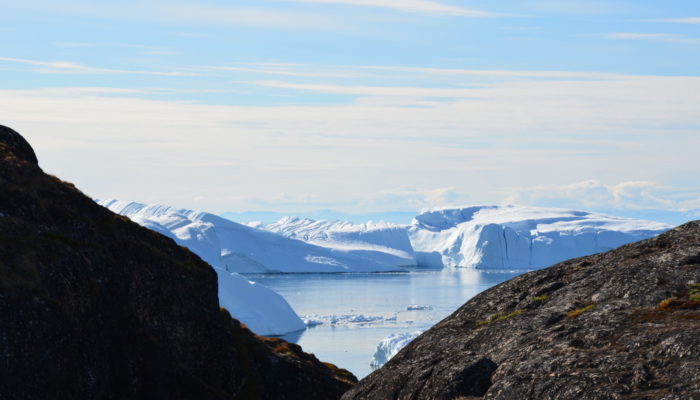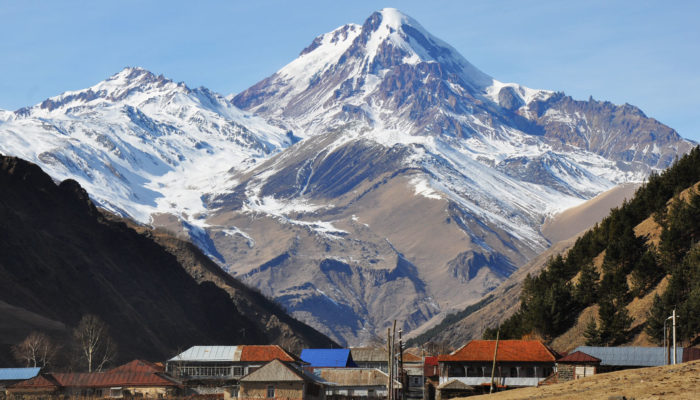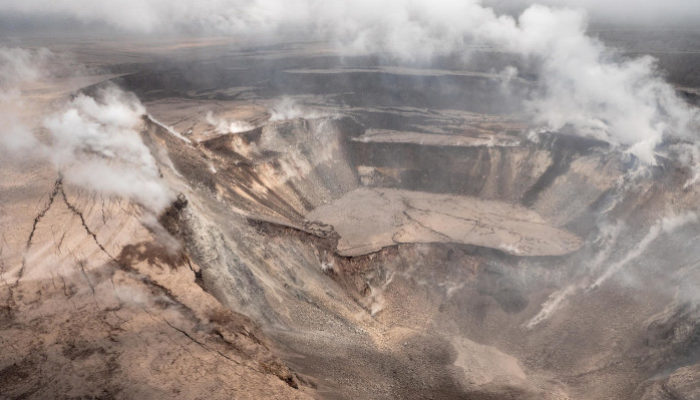Interested in getting involved in shaping the EGU NH Division? Interested in having an active role during the organisation of the annual General Assembly? Are you working in a field of research related to Natural Hazards? Then keep reading! Our Division is seeking new volunteer Science Officers to fill in the role for the following subdivisions: NH2: Volcanic Hazards NH3: Landslide Hazards NH5: S ...[Read More]
Hydrological Sciences
WORLD WATER DAY 2022 GROUNDWATER – MAKING THE INVISIBLE VISIBLE
Today is the World Water Day 2022 focused on groundwater. Yesterday, was launched the UN World Water Development Report 2022 “Groundwater – making the invisible visible” at the opening ceremony of the 9th World Water Forum in Dakar, Senegal. The World Water Day has been proposed at the United Nations Conference on Environment and Development in Rio de Janeiro, 1992 and adopted by the Gener ...[Read More]
Natural Hazards
Getting to know Anne Mangeney 2022 Sergey Soloviev Medal
In today’s interview, we talk with Anne Mangeney, Professor of Geosciences at the Paris Diderot University. Anne has been awarded the 2022 Sergey Soloviev Medal. This medal is awarded for outstanding scientific contributions in fundamental research that improves our knowledge of basic natural hazards principles and research that assesses and leads to the proper mitigation of natural hazards ...[Read More]
Geodynamics
The Sassy Scientist – Bend Or Break. Or Boost?
Ruggero has travelled a tough PhD journey. Foraging for his last bits of energy to continue onward on the treacherous odyssey of academia, he murmurs: How can I (re)gain some confidence after it has been shattered during my PhD? Dear Ruggero, Ciao bello. Does that help? Never mind. Just kidding. I cannot imagine how badly your confidence was shattered during your PhD. That’s a pretty tough d ...[Read More]
Tectonics and Structural Geology
Geomythology. The Sicilian Trilogy – Part I: Persephone on the endorheic Pergusa lake
If, in 2022, you still think that seasons depend on the Earth’s rotation around its tilted axis and around the Sun… you are surely right. However, in ancient times, the Greeks, and the Romans afterwards, thought it was due to an agreement between Zeus and Hades, to save Persephone from the Underworld. The sick love of Gods Persephone, daughter of Demeter, the Goddess of harvest and agricultu ...[Read More]
Cryospheric Sciences
Massive melting of Caucasus glaciers
The Caucasus is one of the most studied glacierized regions in the world (see previous Cryoblogs on Caucasus glaciers here and here). In this week’s blog, Levan Tielidze tells us about the health of the Greater Caucasus glaciers. His first study published this year indicates that the rate of decline in glacier extent between 2000 and 2020 in the Greater Caucasus is four times higher than it was be ...[Read More]
Seismology
Seismology Job Portal | March 2022
On this page, we regularly update open positions in Seismology for early career scientists. Do you have a job on offer? Contact us at ecs-sm@egu.eu Please, note that other available research positions are displayed on the EGU Jobs Portal.
Geodynamics
Investigating earthquake activity of the 2018 Kīlauea Volcano eruption
Both earthquakes and research project directions can be hard to predict. This week Becky Fildes, a graduate student at UC Davis, takes us on a journey of how she came to study earthquake behavior in Hawaii during an active volcanic eruption and how our understanding of caldera collapses can be further improved. In my first year of graduate school in 2017, I had started studying earthquake statisti ...[Read More]
Cryospheric Sciences
Crater Glacier: A story of renewal in the aftermath of destruction
Crater Glacier, located on Mount St. Helens, Washington State, U.S., tells a tale of renewal. The catastrophic and deadly May 18th, 1980 eruption of the volcano created, among other things, a deep horseshoe-shaped, north-facing crater and obliterated most of the glaciers that resided on the volcano’s slopes. By a decade and a half later, it was clear that a glacier had formed in this unlikely loca ...[Read More]
Geodynamics
The Sassy Scientist – The Doctor Is In
There are no stupid questions. How many times have we heard that from colleagues and in classrooms? Obviously an exceedingly sizeable chunk of our community does not receive stupid questions often enough. Even silly questions have their merits though, and obviously they deserve an answer, at least to avoid them being asked in the future. My very busy mailbox has recently seen a staggering increase ...[Read More]









